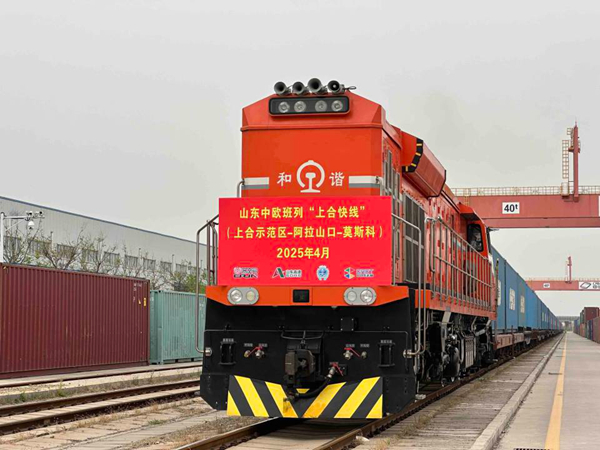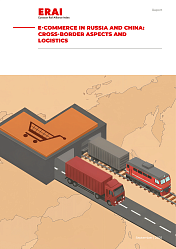The hub is centered around the Bely Rast terminal station, which is Russia’s largest railway logistics canter. It serves key economic areas like Moscow and St Petersburg and connects to ports in the Baltic and Black Sea regions as well as European railway networks.
The hub also relies on transport resources in Yekaterinburg, Novosibirsk, the Far East, and the China-Belarus Industrial Park in Minsk. It provides services such as cargo distribution, warehousing, customs clearance, and cargo collection. This will reduce logistics costs and strengthen the hub’s ability to reach markets in both Asia and Europe.
In the future, Shandong’s machinery and automobiles can be quickly distributed to local markets in Russia, while Russia’s timber, minerals, and agricultural products can efficiently reach Shandong. This will create a fast and efficient logistics channel between the two regions. The hub will also provide more of Shandong’s solutions for the Eurasian logistics system and support the high-quality development of the Belt and Road Initiative.




